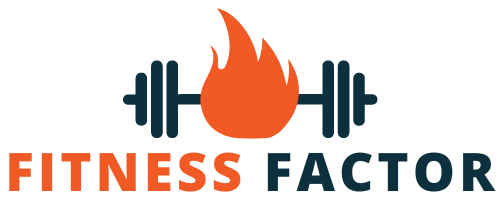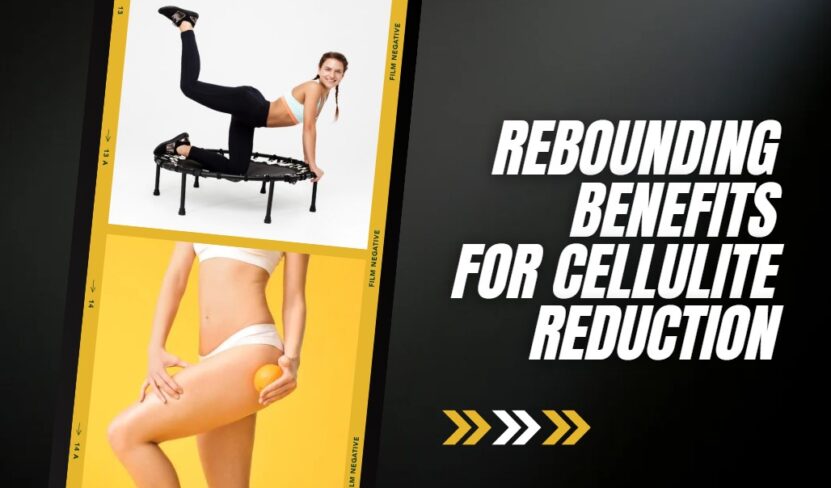Cellulite is a common concern among women, and it can be challenging to reduce or eliminate. However, one method that has gained popularity in recent years for cellulite reduction is rebounding. Rebounding is a form of exercise that involves bouncing on a mini trampoline, and it has been shown to have numerous health benefits, including reducing the appearance of cellulite.
In this blog post, we will explore the science behind rebounding cellulite reduction and provide tips and tricks for maximum results. Whether you’re a fitness enthusiast or just starting, this post will help you understand how rebounding can help you achieve your cellulite reduction goals.
Can Exercise Reduce Cellulite?
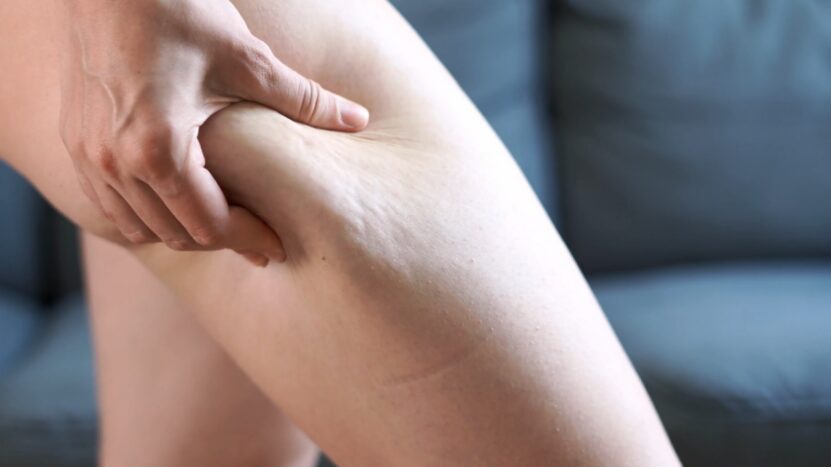
Regular exercise can help reduce the appearance of cellulite by improving circulation, reducing fat deposits, and toning the muscles beneath the skin. However, not all exercises are created equal when it comes to cellulite reduction.
Some exercises, such as running and cycling, primarily target the legs and buttocks and can be effective in reducing cellulite in those areas. Still, they may not be as effective in reducing cellulite in the stomach or arms. This is where rebounding comes in. Rebounding is a low-impact exercise that targets the whole body, making it an excellent choice for reducing cellulite on various parts of the body.
The Science Behind Rebounding for Cellulite Reduction
It involves bouncing on a mini trampoline, which creates a low-impact, high-intensity workout. The up-and-down movement of rebounding stimulates the lymphatic system, which is responsible for removing toxins and waste from the body. When the lymphatic system is stimulated, it increases circulation, which can help reduce the appearance of cellulite.
Additionally, it is a form of cardiovascular exercise, which helps to burn fat and improve overall body composition. As you bounce, your body is continuously working to maintain balance and stability, engaging the muscles in your legs, buttocks, and core. By strengthening these muscles, you can improve your overall body tone and reduce the appearance of cellulite.
Tips and Tricks for Maximum Results
Now that we’ve covered the science behind rebounding for cellulite reduction let’s explore some tips and tricks for getting the most out of your workout.
Start Slowly
If you’re new to it, it’s essential to start slowly and gradually increase the intensity of your workout over time. Start with a short five-minute session and gradually increase the duration as your fitness level improves. It’s also important to listen to your body and take breaks when needed to prevent injury.
Use Proper Form
Using proper form is essential when rebounding to reduce the risk of injury and get the most out of your workout. Make sure to keep your knees slightly bent and your feet shoulder-width apart. Use your arms to maintain balance and keep your core engaged to improve stability.
Incorporate Resistance Training
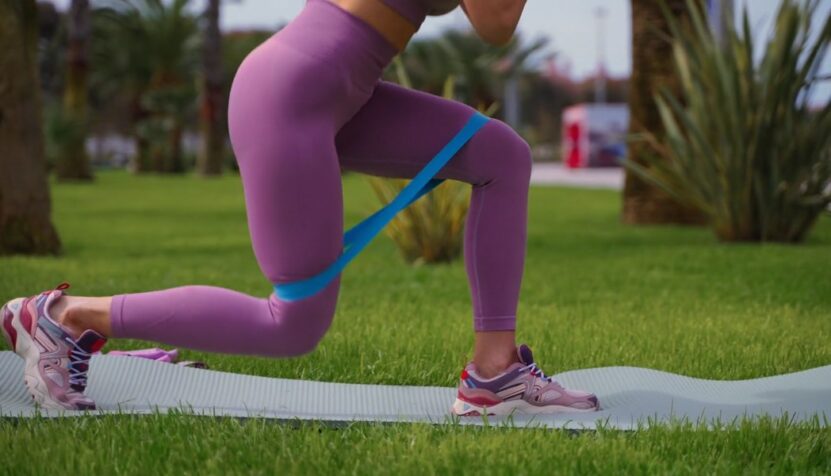
While doing it is an effective form of exercise for reducing cellulite, incorporating resistance training can help accelerate your results. Resistance training involves using weights or resistance bands to increase muscle strength and tone. By adding resistance training to your rebounding routine, you can target specific areas of the body and improve your overall muscle tone.
Mix It Up
Variety is the spice of life, and the same goes for your workout routine. Incorporating different types of rebounding exercises, such as jogging, jumping jacks, or high knees, can help keep your workout fresh and challenging. It also targets different areas of the body and can help prevent boredom.
Stay Hydrated
It is a high-intensity workout that can cause you to sweat a lot. Staying hydrated before, during, and after your workout is crucial to prevent dehydration and to help flush toxins out of your body.
Eat a Healthy Diet
Exercise alone is not enough to reduce cellulite. A healthy diet that is low in processed foods and high in fruits, vegetables, and lean protein is essential for achieving maximum results. Eating a balanced diet can help improve skin health, reduce inflammation, and promote weight loss, all of which can help reduce the appearance of cellulite.
The Role of Diet and Hydration in Reducing Cellulite With Rebounding
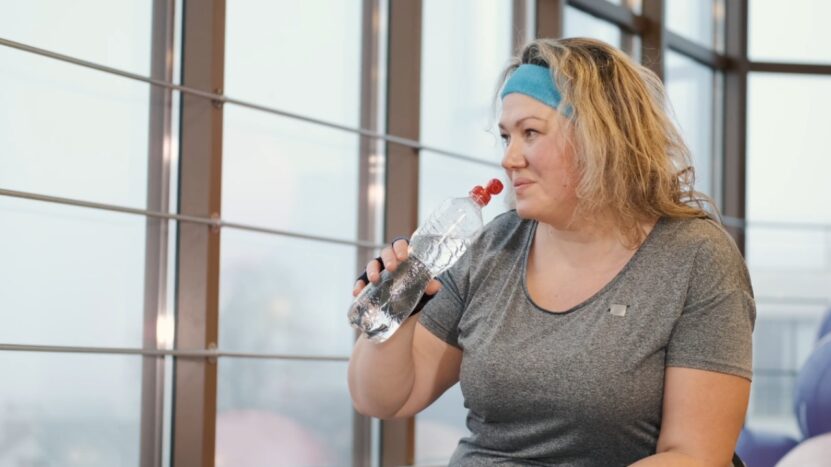
The appearance of cellulite is often a result of a combination of factors, including genetics, hormones, lifestyle, and diet. While rebounding can be an effective exercise for reducing it, it’s important to address other factors that may contribute to its appearance of it.
- One of the most important factors is diet. It’s important to maintain a healthy, balanced diet that includes plenty of water and fiber-rich foods.
- Fiber helps to keep the digestive system working efficiently, which can prevent the buildup of toxins that can contribute to the appearance of cellulite.
- Water, on the other hand, helps to flush out toxins and keep the skin hydrated, which can make cellulite less noticeable.
- Eating a diet rich in fruits, vegetables, whole grains, and lean proteins can also provide the nutrients that the body needs to build and maintain healthy skin.
- Some specific foods that may be beneficial for reducing the appearance of cellulite include leafy greens, berries, citrus fruits, nuts, and fatty fish.
Rebounding Vs. Other Cellulite Reduction Techniques
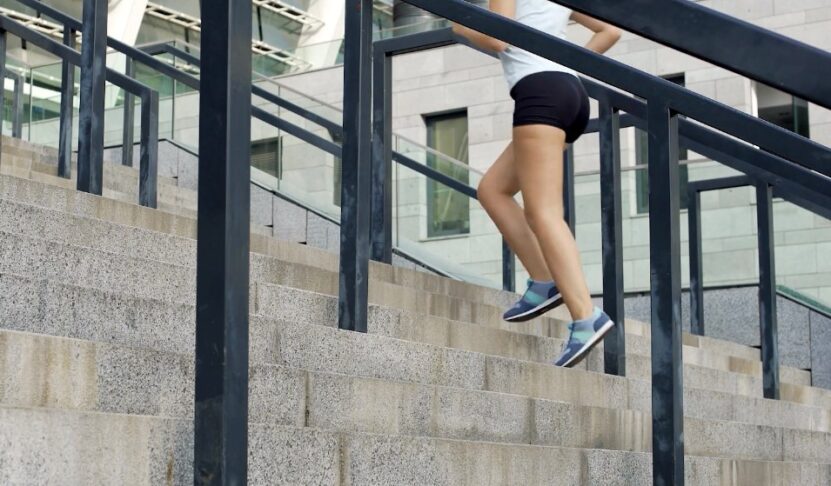
Rebounding, also known as trampoline exercise, is a low-impact workout that has gained popularity as a potential cellulite reduction technique. While rebounding is not a guaranteed cure for cellulite, it is known to improve circulation, which can reduce the appearance of cellulite over time. However, how does rebounding stack up against other techniques that are used to reduce cellulite?
Compared to other cellulite reduction techniques, such as dry brushing or cupping, rebounding offers a cardiovascular workout that engages the entire body. This means that it has the potential to burn more calories and fat overall, leading to a reduction in body fat and potentially, cellulite. Additionally, rebounding can help tone the muscles in the legs and glutes, which can also improve the appearance of cellulite.
However, it is important to note that rebounding alone may not be enough to completely eliminate cellulite. A balanced diet and hydration are also essential in reducing the appearance of cellulite. Foods that are high in fiber and antioxidants can help improve the health of the skin while drinking plenty of water can help flush out toxins and improve skin elasticity.
How to Create a Cellulite-busting Rebounding Workout Routine
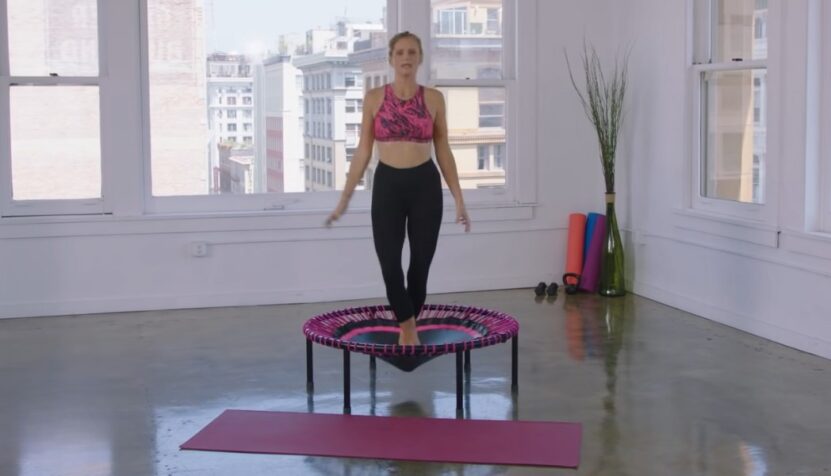
By jumping on a mini-trampoline, the lymphatic system is stimulated, which can help eliminate toxins and excess fluid that contribute to cellulite. To create a cellulite-busting rebounding workout routine, start with a warm-up session that includes light bouncing and gentle stretching. Then, move on to more intense bouncing movements such as jumping jacks, twists, and high-knees. It’s important to maintain proper form and engage the core muscles while rebounding.
Additionally, incorporating resistance bands or light weights can help target specific areas of the body that are prone to cellulite, such as the thighs and buttocks. It’s also essential to create a well-rounded workout routine that includes a balanced diet and hydration plan. Eating a diet rich in whole foods and staying hydrated can help reduce inflammation and promote healthy skin.
FAQs
Is rebounding safe for all fitness levels?
It is generally considered a safe exercise for all fitness levels, but it’s always a good idea to consult with a doctor before starting any new exercise routine.
Can rebounding help with other health conditions?
Yes, it can also help with other health conditions such as improving balance, strengthening bones, and reducing stress.
Can I rebound while pregnant?
It is generally safe to do it while pregnant, but it’s important to consult with your doctor before starting any new exercise routine.
Can I rebound if I have joint pain or injuries?
It is low-impact and can be a good option for those with joint pain or injuries. However, it’s important to consult with a doctor or physical therapist before starting any new exercise routine.
Can rebounding be done at home?
Yes, it can be done at home with a mini-trampoline.
Can rebounding be done in a group setting?
Yes, some gyms and fitness studios offer these classes.
How long does it take to see results from rebounding?
Results may vary, but some people report seeing results in as little as four weeks.
Are there any precautions I should take before rebounding?
Make sure to wear supportive shoes, start slow, and stay hydrated.
Can rebounding be combined with other types of exercise?
Yes, it can be combined with other types of exercise to create a well-rounded fitness routine.
Conclusion
Rebounding is a fun and effective form of exercise that can help reduce the appearance of cellulite. By bouncing on a mini trampoline, you can stimulate your lymphatic system, burn fat, and tone your muscles.
By incorporating these tips and tricks into your rebounding routine, you can achieve maximum results and improve your overall health and fitness. Remember to start slowly, use proper form, mix it up, stay hydrated, and eat a healthy diet to get the most out of your rebounding workouts.
